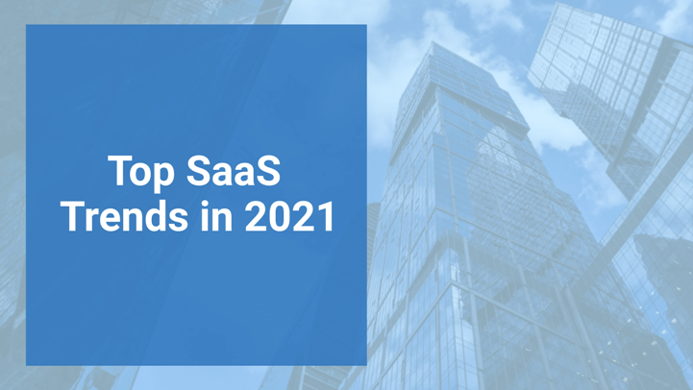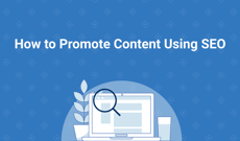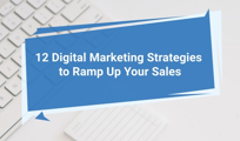Ever since Software-as-a-Service was established in the 1960s, it has evolved before our eyes. It’s now a practical choice for businesses that need accessibility, functionality, and flexibility in a highly competitive business environment. It promises reduced time to benefit, scalability and integration, lower costs, increased collaboration, security, ease of use, and proofs-of-concept. Plus, SaaS upgrades are made available to the users.
If you look at the latest SaaS stats, you’ll learn that:
- The worldwide SaaS workload is anticipated to touch 380 million by 2021
- The present yearly growth rate of the SaaS market is 18%
- The annual churn rate for SaaS companies that target SMBs is 58%
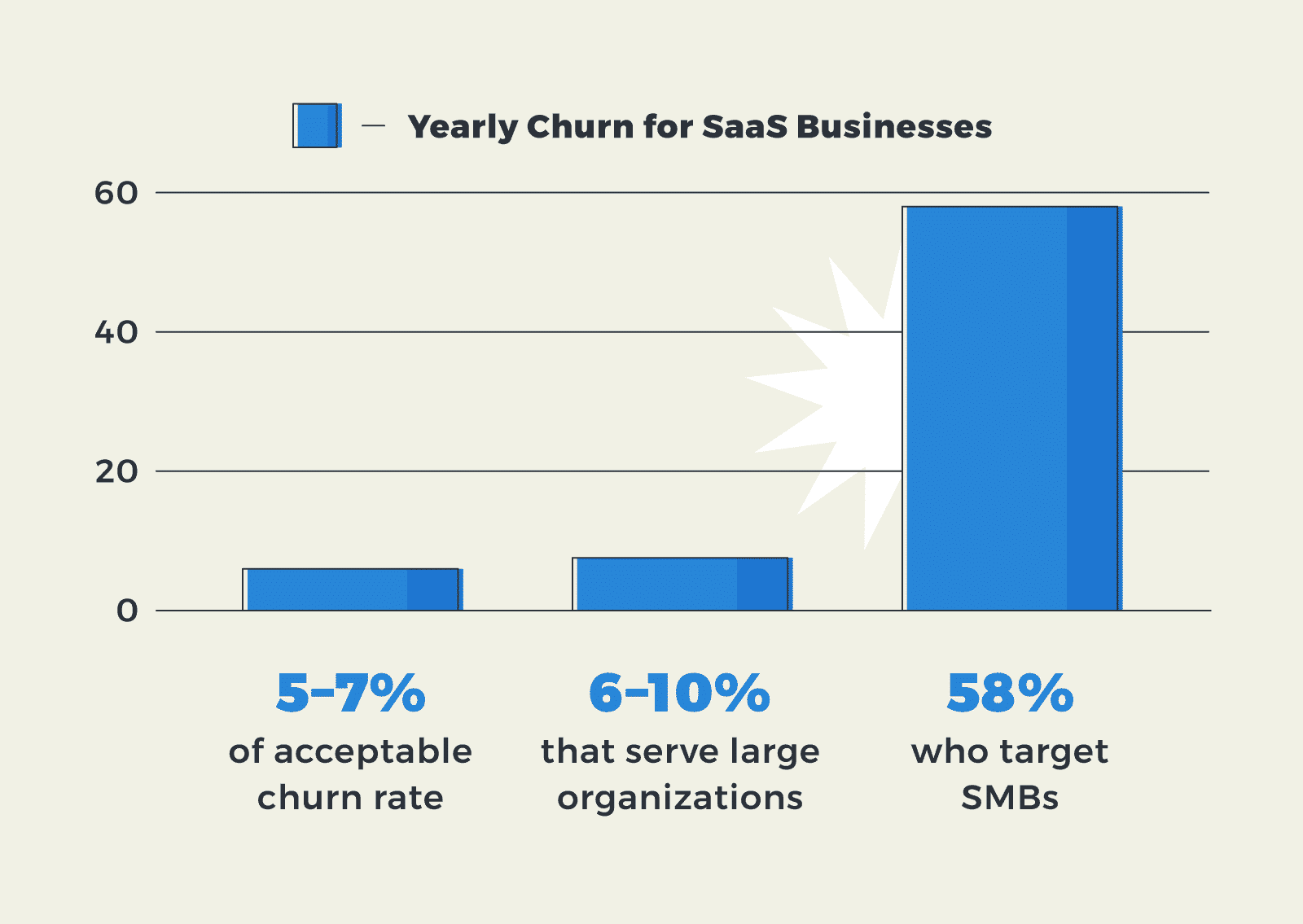
Considering all the stats above, you can say that SaaS is only going to grow bigger. To stay ahead in the game, keep yourself updated with these 5 SaaS trends in 2022.
#1 Vertical SaaS
SaaS solutions have gone vertical in the recent years. Unlike Horizontal SaaS that concentrates on clients across any sector and industry, Vertical SaaS focuses on the needs of a specific industry and supply chain.
Why is Vertical SaaS thriving? Companies that want to benefit from specialization find Vertical SaaS to be a cost-effective and industry-specific option that can improve customization of specific features. Vertical SaaS providers can also adapt features as per the demands of clients and industry and successfully cater to the needs of the customers within their niche. This offers more flexibility and upselling opportunities while lowering the cost of acquiring customers.
For instance, HotSchedules is a SaaS restaurant management tool with operating and scheduling features. You can manage labor, inventory, cash, perform intelligent forecasting, and develop talent with the help of the tool.
Since teams in restaurants do not have the same schedules, shifts, and working environment, they end up using whiteboards to leave notes or use texting mediums. HotSchedules removes the need for such mediums of communication and gives room for a more organized and enhanced team communication and scheduling.
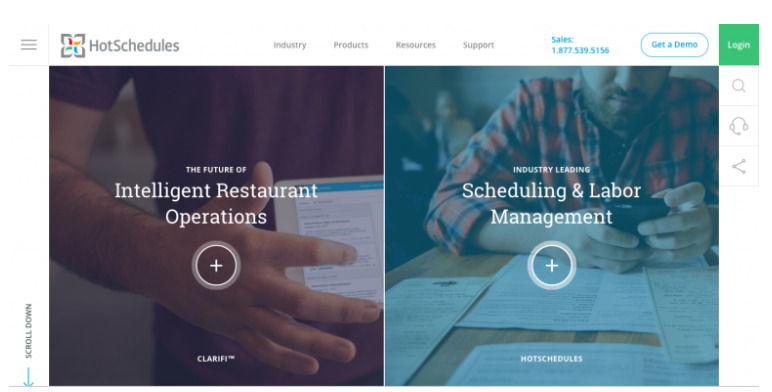
#2 Artificial Intelligence
It is estimated that AI technology could add $15.7 trillion to the international economy by 2030. And AI has the ability to disrupt and enhance the SaaS market in a big way. By integrating SaaS with AI, you can analyze your data & gain more insights, offer better automated and personalized services, enhance speed, and improve security, resulting in more satisfied customers.
For instance, Salesforce’s Einstein, an AI software, helps companies turn data into actionable insights. Thus, businesses can boost their sales strategies, engage with customers better, and increase sales.
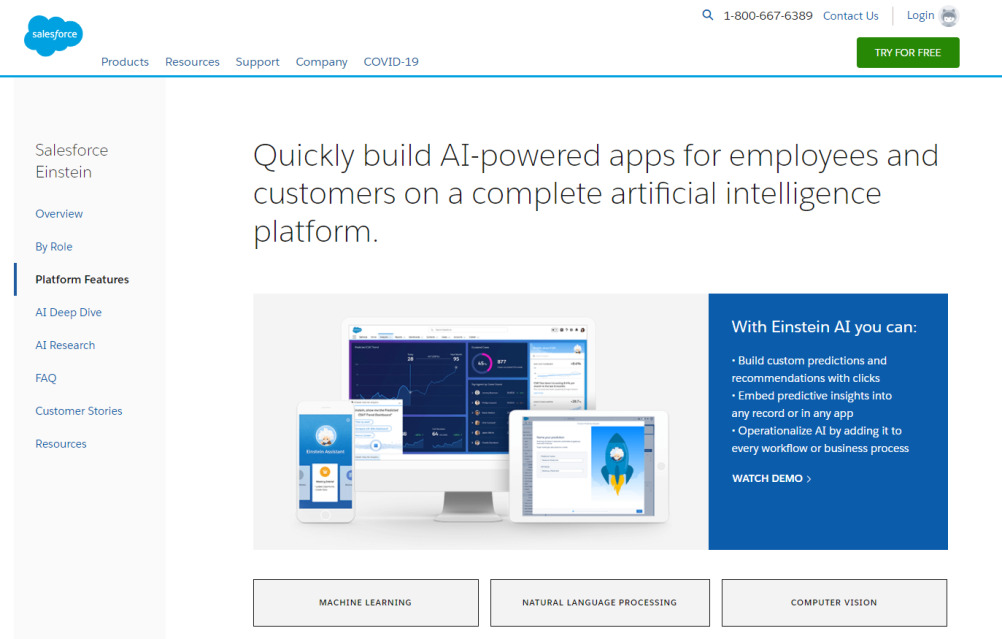
The tool is designed to identify patterns in customer interactions and advise sales on a certain method such as an email or phone and drive conversion. The tool can also help you make “next step” recommendations by identifying the purchasing signals.
In the cybersecurity realm, AI technology can help you speed up threat detection, detect common threat patterns, and remove the risks of cyberattacks prior to reaching software systems. However, integrating AI also introduces new vulnerabilities, so it's crucial to secure AI infrastructure from cyberattacks by implementing robust defenses that protect both the AI models and data.
Since the integration of SaaS and AI creates more effective and responsive software, this trend is going to go big in 2021.
#3 Increasing Low-Code or No-Code SaaS Platforms
Statistics suggest that there is a worldwide scarcity of software engineers and developers. In the US alone, there are more than 700,000 unfilled jobs. No wonder we’re seeing a rise of low-code or no-code SaaS platforms.
It is estimated that 65% of all app development will take place on no-code development platforms by 2025. And the market is forecasted to hit $21.2 billion by 2022.
No-code tools come with plenty of benefits, including speeding up the developing process, taking off the burden from engineers and developers, reducing app development costs, and web design services costs. Low-code or no-code allows developers to create new apps with minimal or no coding requirements. Usually, such apps are created by implementing only developer toolkits, drag-and-drop interfaces, and so on.
For instance, Bubble, a no-code platform, allows users to create customizable web apps, workflows, SaaS products, and more using its point-and-click web editor and cloud hosting platform.
Business processes where you can implement no-code include data analysis, workflow management, manufacturing administration, media and marketing research, project management, retail customer experience management, service chatbots, and more.
#4 Platform Unbundling Will Increase Conversions
Platform unbundling, a SaaS trend, is all set to take over the industry in 2022. Unbundling is a business process that breaks down a series of products inside a value chain to take out the portions of the value chain that are of less value and keep the portions that are of value to customers.
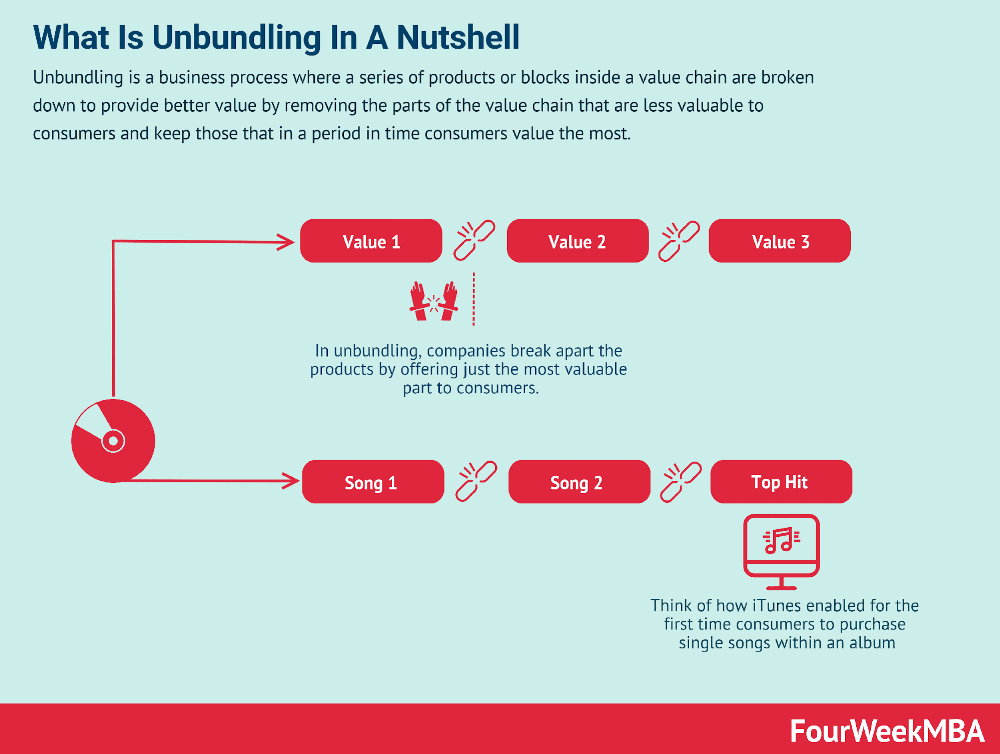
Since not all functionalities on SaaS platforms can suit every client’s needs, unbundling strategies will come in handy. The process of unbundling involves breaking products into smaller parts so as to resolve a particular issue, thus enhancing the user experience.
Here’s a fine example of product unbundling:
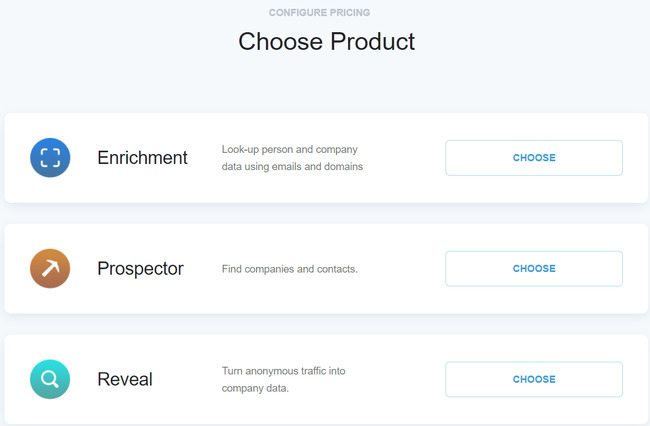
In the picture, Clearbit’s pricing page invites customers to configure pricing by opting what they need.
There are three options, including:
- Enrichment option allows customers to look-up person and company data using emails and domains.
- Prospector option allows them to find companies and contacts.
- And Reveal option allows them to turn anonymous traffic into company data.
When products are unbundled, it results in more accurate and targeted marketing messages, thus increasing conversions.
Unbundling gives you the chance to craft educational content for prospects to make them learn about your new product bundles. And instead of purchasing and spending money on a lot of things that they may not need, customers can opt for a specific product. In case some of your content pieces aren’t performing well, consider taking the help of an SEO company.
#5 SaaS Integration
In a survey, 90% of international SaaS vendors said that integration was crucial to driving top-line revenue. It comes as no surprise as the success of a SaaS company's business model is dependent on its ability to integrate into its clients’ systems successfully. So many SaaS developers and companies are focusing on adding integration capabilities straight to their products, in order to meet the expectations of customers.
This trend is going to be followed in 2022 and beyond. SaaS companies are going to make integration capabilities their primary concern while designing as well as upgrading their programs. It will ensure better customer service. Furthermore, the use of standards like JSON Web Token (JWT) can facilitate secure authentication and authorization in SaaS integrations, ensuring the privacy and protection of sensitive user data.
Wrapping-Up
In order to stay ahead of the competition as a SaaS business, you need to keep up with the SaaS trends.
To summarize, consider working on these avenues to keep up with the latest SaaS trends:
- Focus on vertical SaaS instead of horizontal SaaS solutions, if this is applicable to your product or business
- Integrate AI and reap its numerous benefits
- Go low-code or no-code at all to speed up app development time and save costs
- Consider platform unbundling to make more accurate and targeted marketing messages and increase conversions
- And don’t forget about SaaS integration
Author's bio:
Tim Ferguson is a writer and editor of Marketing Digest. He helps marketing agencies with SEO, link building, content marketing, online reputation management, and blogger outreach. When he is not writing and editing for Marketing Digest, he spends time on learning more about content marketing and getting better at it.
